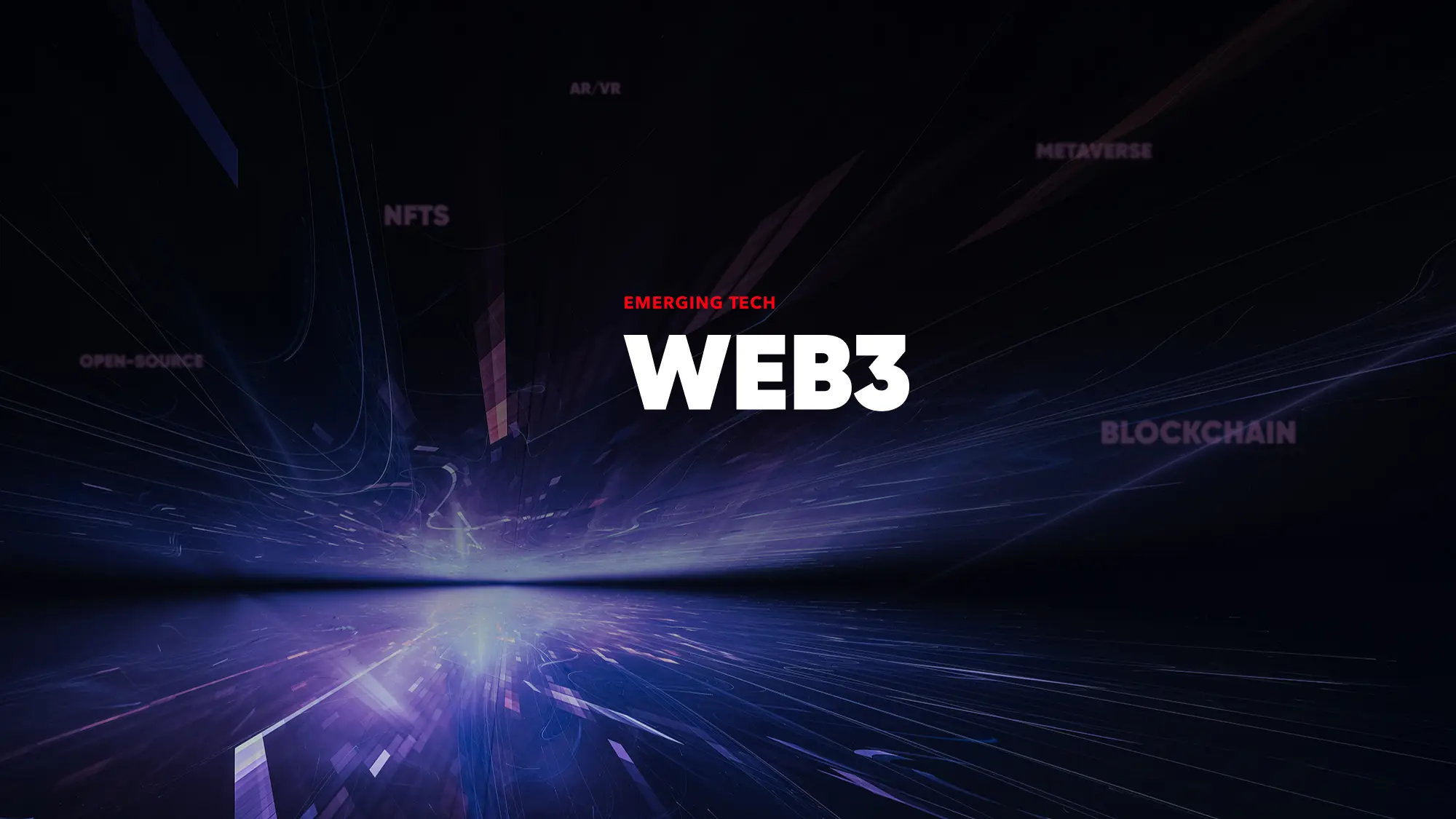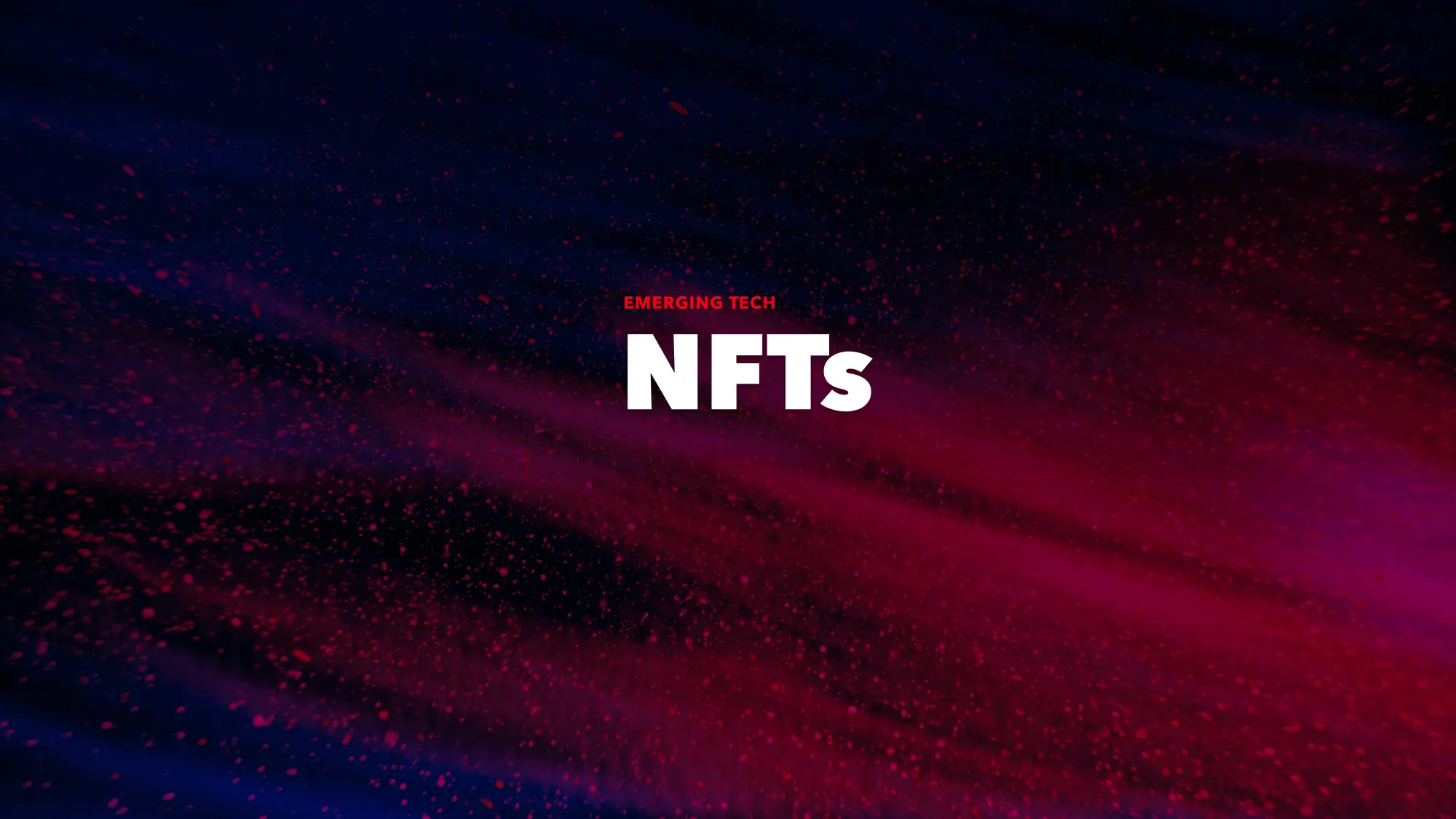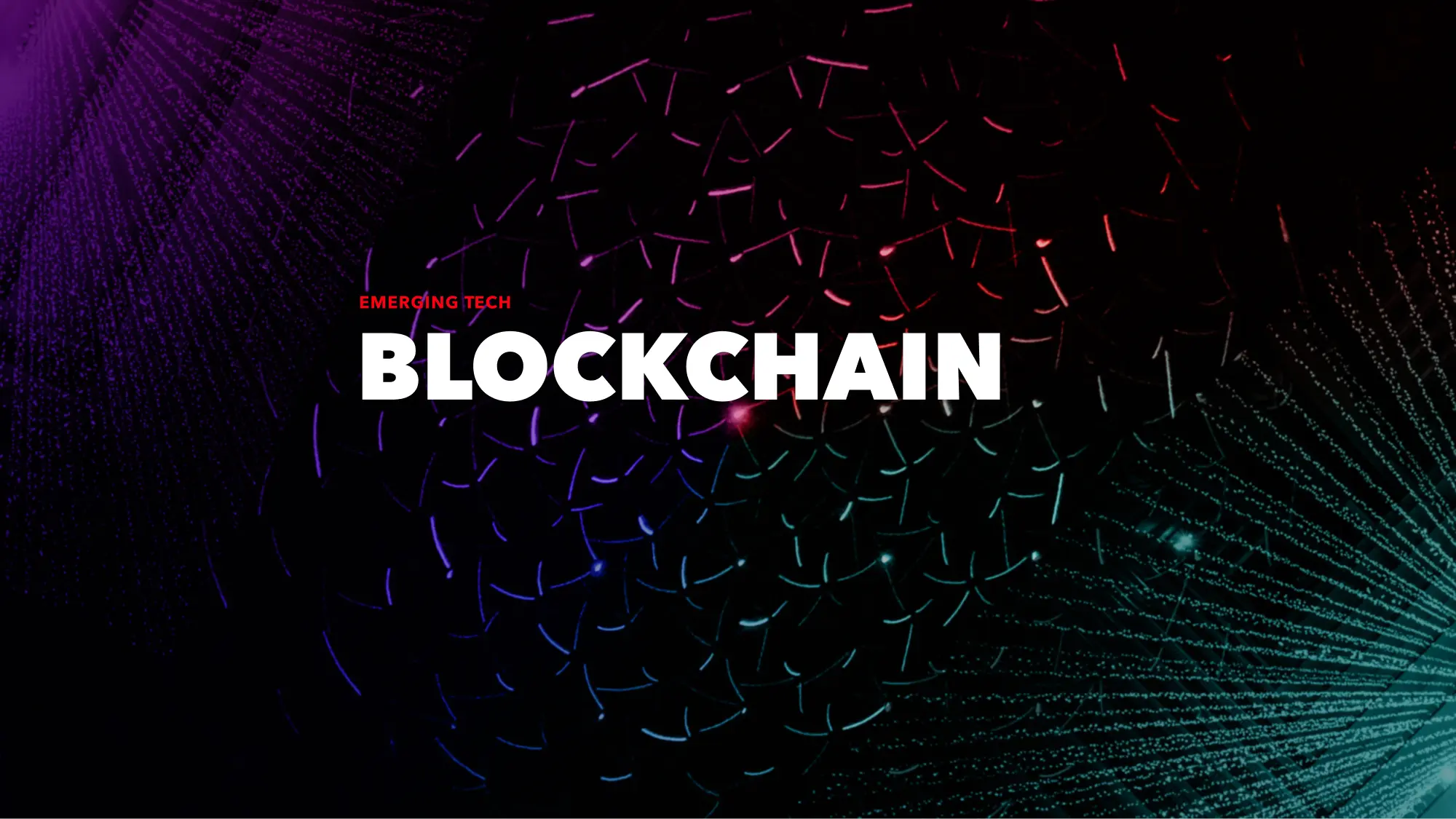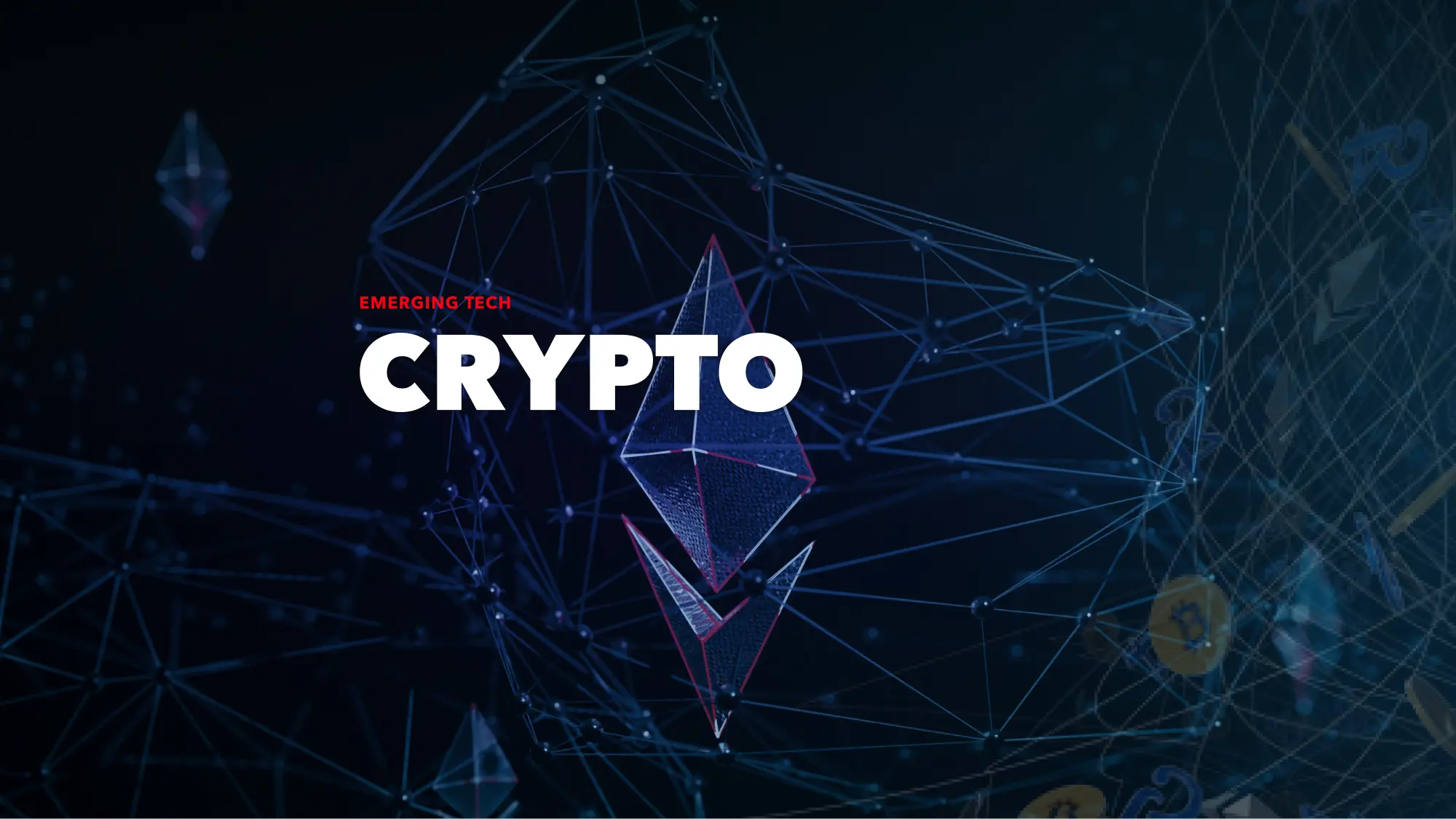
Web3
NFT Games: The Future Of Gaming
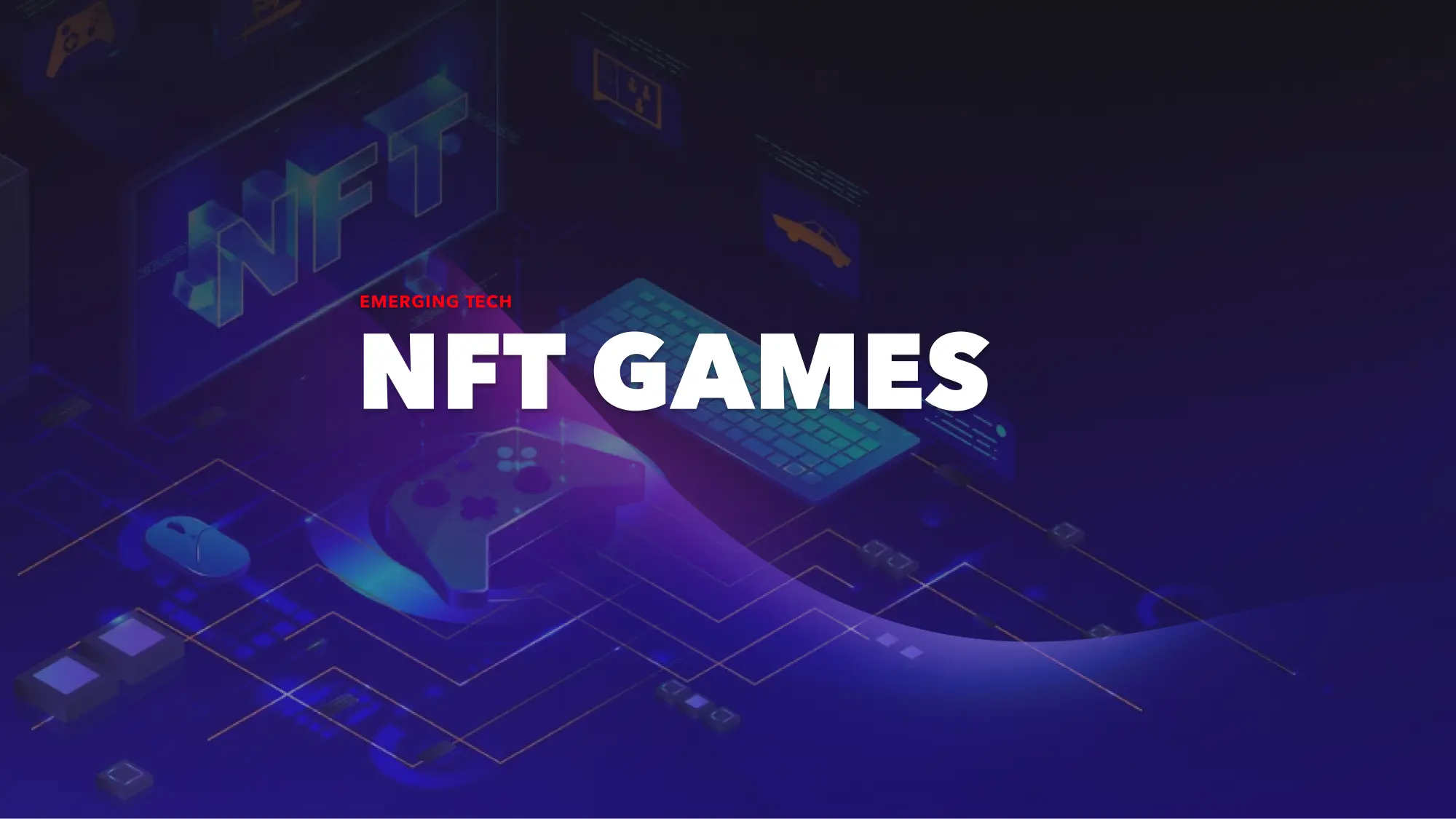
NFT gaming and play-to-earn games are taking the gaming world by storm. According to an oft-cited post by dappradar, NFT games (including play-to-earn models) account for 49% of total blockchain usage. They also claim that NFT games account for 20% of all NFT trading. With stats like this, it’s definitely worth taking a look.
Some NFT games might look a bit ridiculous at first glance. From card games to pokemon spin-offs, you might be wondering how this could really be more popular than some of the ultra-modern games on the market today.
But as a gamer myself, I think this is the future of gaming.
Maybe the graphics or some of the mechanics in the games aren’t exactly revolutionary, but two technologies, in particular, make the NFT game space revolutionary. I’m sure you’ve heard the terms before.
So let’s get into it.
What is an NFT?
NFT stands for non-fungible token. Practically, an NFT is a digital token that shows ownership. The fact that it is non-fungible simply means that one token doesn’t have the same value as another. We have a blog post on blockchain here that you can read for more information.
I like to use paintings as an example. Original paintings all have different values. A painting by Picasso isn’t worth the same as my 5th grade watercolor of an elephant. Because one painting can’t be exchanged for another at the same value, they are “non-fungible” as well.
What is Blockchain?
And why is it important in games? Blockchain technology is how NFT data is stored. Makes sense - blockchain is, at its core, a technology for storing and recording data. It’s popular in the De-Fi world more than anything, but it’s used widely in NFT gaming too.

Here’s a list of the top play-to-earn games as of today. The middle column shows which blockchain is used for each game.
The blockchain is key because it holds smart contracts. Smart contracts decide two key features of NFTs in games - characteristics and scarcity. Scarcity refers to how many or how rare a particular NFT is within the game’s world. The higher the scarcity, the more valuable an NFT is. Characteristics determine what unique qualities an NFT has. For example, a cryptokitty might have a rainbow coat of fur, which makes it, well, unique. Characteristics also give some NFTs utility, which we’ll get to in a moment.
Smart contracts are stored on a game’s blockchain and are therefore immutable. They are autonomously executed and cannot be reversed.
How do NFT games work?
With our technologies in place, we’re ready to tackle how they’re implemented in gaming. NFT games usually use collectibles that have some utility in the game’s universe. For example, in the soon-to-be-released game Outlaw, you can collect different vehicles. Each vehicle is tokenized, made into an NFT, and recorded on a blockchain.
What’s really cool about NFTs in games is they almost always have some kind of utility. NFTs in art are wildly popular at the moment, but pixel art doesn’t really do anything, does it? In a game like Outlaw, you can drive your NFT vehicle with “a band of rebel visionaries” and “fight for a better future.”
I would never dispute the self-evident value of a bored ape, but personally, I’d rather ride a motorbike on a quest for a decentralized future. But that’s just me.
The NFT game model also allows for other types of utility as well. For example, NFTs acquired in games can be traded with other players, creating a digital economy.

Play-to-Earn
Speaking of digital economies, sometimes it isn’t all that digital. In-game tokens can be exchanged for real money.
Covid inspired creativity throughout the digital ecosystem and games were no exception. In 2019, play-to-earn games first hit the scene. Though initially met with skepticism, the market for these games has grown dramatically.
Reddit co-founder Alexis Ohanian predicted that play-to-earn games would account for 90% of the gaming market in the near future saying, “Ninety percent of people will not play a game unless they are being properly valued for that time.”
In this case “properly valued” means paid. At least, in a roundabout sort of way.
Before the play-to-earn model came about, NFTs already had value within their respective game universes. If you’ve played many online video games, you’re probably aware that an in-game item can be exchanged with other players, or might be exchanged for in-game currency (i.e. gold in WoW).
Previously, the formula looked like this. Play the game → get in-game currency = properly valued for time spent.
Things changed with play-to-earn models. Now the formula looks like this.
Play the game → get cryptocurrency = properly valued for time spent.
Players were already being valued for their time, but this value was restricted to the in-game currency. With the advent of play-to-earn, that restriction was lifted. Now playing the game can translate into making cryptocurrency which can then be exchanged for fiat currency if players so choose.
Many NFT games even have their own cryptocurrencies. MANA, the cryptocurrency for Decentraland, has done remarkably well in the last few months.
Play-to-earn games’ popularity is global but if you poke around a bit you’ll find that they’re especially popular in the Philippines. The average income in the Philippines is around $3,000-4,000 USD per year. To put that in perspective, a team of three Axis from the game Axie Infinity could easily sell for $1,000. So, emphasis on the “earn” part of play-to-earn.
In fact, you don’t even have to play the games to earn money. You can invest in the game’s cryptocurrency in the same way that you might invest in Bitcoin or Ethereum. I’ll leave the details on investing for another time, but there’s a huge market there as well.

NFT Wallets and Play-to-Earn
If I’ve piqued your interest and you’re thinking about taking the plunge into play-to-earn games, you’re going to need a wallet. NFT wallets allow you to store your NFTs in a way similar to how you would keep fiat currency in your back pocket. However, different wallets are associated with different blockchain protocols. This means that when you choose your wallet, be sure to check that it supports the right blockchain. If your NFT is on the Ethereum blockchain and your wallet doesn’t support Ethereum, you won’t be able to store your NFT on that wallet. It sounds logical enough, but new players and investors often overlook this association between wallets and their corresponding blockchains.
There are a lot of NFT wallets out there, but to get your foot in the door, I’ll list a few of the most popular.
- AlphaWallet was designed specifically for NFT games, which makes it unique. It has a few cool features that other wallets don’t have. For example, you can create meta tags for NFTs and gaming tokens so that they’re easy to find. Just keep in mind that AlphaWallet is Ethereum-only and mobile-only.
- Enjin is another wallet that is popular with NFT gamers. It lets users collect in-game NFTs among other things you might encounter while gaming. On their homepage, you’ll find a list of NFT games that the wallet supports.
These two wallets are a great place to start because they’re specifically for NFT games. There are many more though, such as Metamask, Coinbase Wallet, and Math Wallet. Be sure to check out a few options before deciding on one.
Wallets do one other very important thing. They secure your NFT assets.
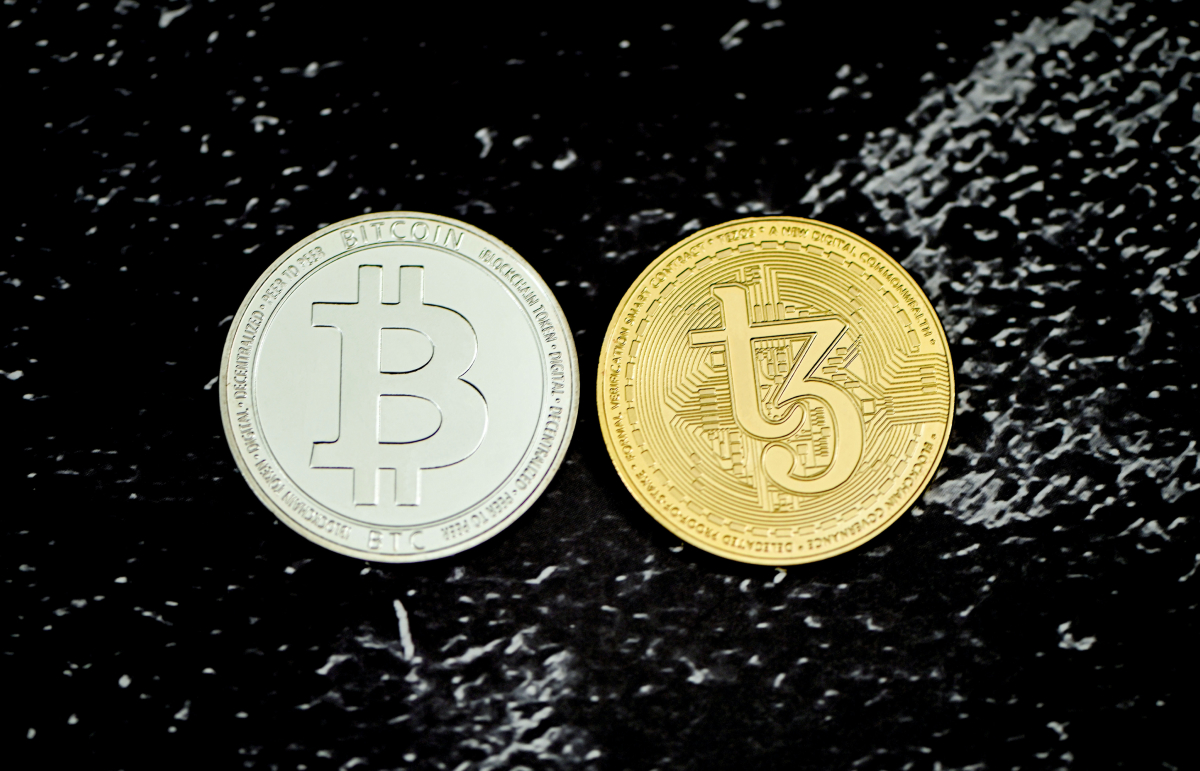
NFT Security
The next question you might have is “how do I keep my NFTs safe?” If my digital assets grow in value, how can I guarantee that they won’t be stolen?
It is a very important question because there are scams and hackers out there. The nature of blockchain also means that it’s difficult if not impossible to reclaim stolen NFTs. Most blockchains are decentralized, meaning that there’s no blockchain police to report to. That being said, large marketplaces will usually be aware of stolen NFTs before you are and there are systems in place for recovering lost NFTs.
That might sound like a disadvantage, but blockchain technology was actually created with security in mind. The point of blockchain originally was to create a secure system for recording and enabling digital financial transactions. Again, this is discussed in detail in our blockchain blog.
Also, while it may be difficult to reclaim stolen NFTs, using one of the wallets mentioned above should give you a strong layer of security. Let me put it this way, there’s no good reason NOT to use a wallet. Make sure to use a strong password and 2-factor authentication.
Finally, if something looks too good to be true, it probably is. Go through official trading channels, use your wallet, and treat exchanges on platforms like discord or messengers with suspicion. NFTs are extremely popular right now and using official channels boosts your NFTs’ security.
Will NFT games be popular in the future?
It’s hard to say. These types of games only emerged into the mainstream in 2020 and 2021 and we all know that, when it comes to digital assets, hype accounts for massive spikes in value. Hype is fickle though, and these “hype spikes” are almost always temporary.
On the other hand, if we believe in Alexis Ohanian’s forecast, this is only the beginning. It does make sense to assume that players want their time to be valued and NFTs, cryptocurrencies, and other types of digital tokens have real-world value. So it is absolutely not farfetched to assume that they will continue to grow.
Another factor worth considering is that NFT games and their market value has actually experienced gradual growth during an overall dip in the crypto market. I hesitate to speculate here because NFT games are still new, but it may imply that NFT games are more resilient to market fluctuations.
I also mentioned at the beginning that NFT games usually don’t have the graphical quality of AAA games. This might be changing as well. The game Star Atlas recently announced that it will be running on the Unreal 5 engine. Taken directly from their site, Star Atlas “combines blockchain, Unreal Engine 5, gaming, and decentralized financial tech. Join the galactic fleet today and earn rewards for your navigation and exploration skills.” This represents a huge jump in NFT gaming that will likely attract a new segment of gamers.
But it all depends on gamers playing the games.
Why do gamers like NFT games?
Trends in crypto and NFT popularity aren’t the only factors we want to consider when trying to predict the future popularity of NFT games. Technologies are the nuts and bolts, currencies are the incentive, and gamers are the fuel. If the games aren’t played, their respective digital assets are worthless.
So why do gamers play these games? 2D graphics and clunky in-game mechanics can be a bit too simplistic for the hardcore gamer. It isn’t exactly a gamer’s paradise.
But, back to Ohanian, gamers want their time to be valued. This hasn’t really been an option before in the past. There have been attempts to monetize in-game NFTs before, but they were largely unsuccessful. So yes, the prospect of making money by playing games sounds pretty good, but it isn’t the only factor that makes them popular.
Control over what happens in the game is also an attractive prospect. Due to the decentralized nature of blockchain, players are granted a certain level of control over games that was not possible in centralized structures. It starts to feel like an interactive world, a metaverse, that can’t be arbitrarily changed. It’s common for games to lose their charm as CEOs, company policies and acquisitions change the game’s landscape. NFT games have the potential to avoid this problem entirely.
Another factor that may be attractive to gamers is that NFT games are constant. Many competitive games have seasons - a set amount of time to compete against other players. Seasons mean that in-game items reset with the season and must be earned again every season. It keeps a level of competitiveness alive within games, but it also means that everything you obtain during the season will become “worthless” in a few months. Not exactly compatible with play-to-earn models.
Concluding thoughts
NFT games show great promise. It makes good sense why they’re growing in popularity among gamers. Due to their nature, they take the key characteristic of scarcity that gives NFTs their value and add utility through in-game mechanics. Scarcity and utility make for highly valuable NFTs.
Blockchain technology is the foundational technology of NFT gaming. It allows NFTs to follow a set of rules, detailed in smart contracts, that give in-game NFTs their utility. Blockchain also adds a layer of security that is difficult to replicate in other technologies.
Play-to-earn models are especially popular at the moment because they allow players to exchange their time for cryptocurrencies. It makes a lot of sense for people who already want to play games, whether they’re hardcore gamers or not. It’s predicted by some that this model will become the go-to for gaming in the near future.
